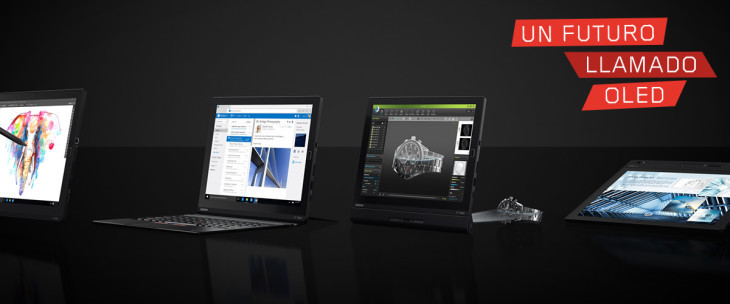
Much has been said about OLED technology, baptized by a wide community as the future of screens . They have been trying to establish themselves in the market for televisions and smartphones for several years, and now they are making the leap into the world of laptops with the Lenovo ThinkPad X1 Yoga..
What is OLED and what can it bring to the market? Under this question we base this article, on which we are going to look for why OLED, what advantages it brings and what differences it brings compared to other options on the market.
What is OLED?
OLED is the name of a technology that aims to compete against the most typical LED or LCD. OLED refers to an organic light-emitting diode , and unlike other technologies, it uses an organic component that reacts to electricity, generating and emitting light..
On the contrary, technologies such as LCD - liquid crystal display - or LED - light-emitting diode - use artificial components to generate that light necessary for devices, and this is the main difference: OLED does not require a panel to illuminate the surface of the screen, as this work is carried out naturally by the organic component, and with a set of benefits that we will describe later.

What components does an OLED screen have? A diagram of Samsung Geeks
Manufacturers have been exploring the possibilities of OLED for several years, with many difficulties, and we have to go back to 2008 to discover the first commercial product with OLED, a Sony television that due to its high price passed without pain or glory through the market. After him, and in different formats, smartphones began to arrive and, above all, large-format televisions. Today it is common to find products with OLED on the market , although we had not known the first laptop with a screen of this type. Until this year..
It is also necessary to mention that OLED brings with it a few more technologies, whose 'base' operation is similar although some particular differences apply. For example AMOLED (OLED with active pixel matrix), PAMOLED (OLED with passive pixel matrix) or FAMOLED (flexible AMOLED); These three have, in turn, another subset of specific technologies that apply some more changes and whose details you can read in Wikipedia.
Advantages and differences of OLED compared to alternatives
To speak of OLED is to refer to a series of advantages ... and also a few disadvantages. Like (almost) everything, it has its pros and cons. Let's review them.
First of all, the fact that OLED uses the organic component implies that, in the future, these screens will be much cheaper compared to today's common LEDs. And beware, we say in the future because its current development is booming, so that investments by manufacturers are very strong today. How long will it take to pass that barrier? To this day it is unknown, but it is clear that the greater its use, the cheaper they will be to manufacture.
Another advantage of OLED is its range of colors , which in general is much more vivid than other technologies. This advantage also applies to brightness (they are able to offer higher brightness), to viewing angles (content is seen clearly from greater side angles) and to what is called real black , which has been one of the biggest pain points for years. industry head.
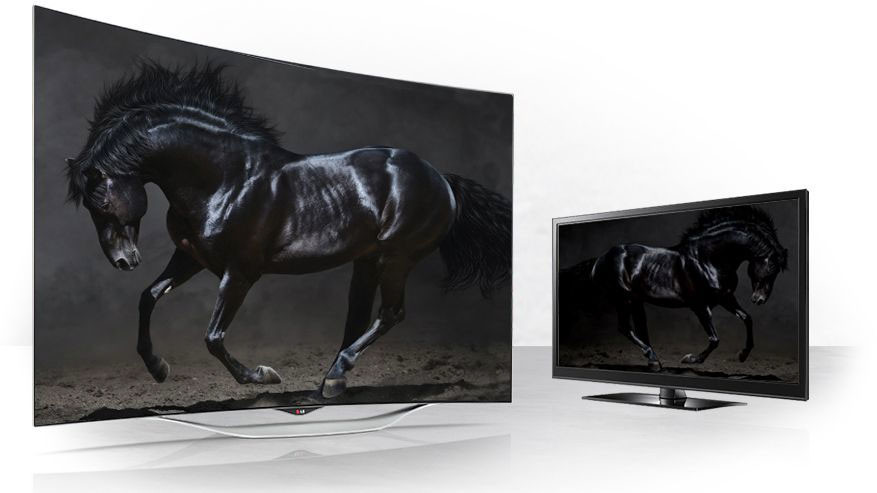
OLED screens, unlike other options, can 'turn off' the pixels of the matrix that they want at any time, without a residual brightness (minimum, but existing) in the background. That is why instead of showing very dark grays, they can show the real black color, as we understand it. Yes, also an OLED screen, by being able to 'disconnect' a part, allows to save energy, although with nuances.
While an OLED is more efficient at displaying dark colors - preferably black - it consumes more power when displaying white or near colors . Therefore, it is very difficult to ensure that this will be an advantage, as it will depend on the use that the user is going to give it.
Another advantage is the response time , on the order of 1,000 times faster in OLED than in LCD, also working at higher frequencies (up to 144 Hz, although it is not common). Here the key is whether this difference has some impact on the user, who, accustomed to LCD / LED, does not need more. It's a breakthrough for technology, yes, but is there really a measurable difference?
On the other hand, one of the main disadvantages of OLED is in the handling of colors . Before we mentioned that these are more alive and bright, but it is observed that they modify the reality shown by other panels and technologies. And more specifically OLED alters the blue color - and its derivatives - significantly, due to the use of the organic component.
Finally, another disadvantage is that, precisely because of the use of natural components, the useful life of OLED panels is shorter than that of alternatives, something that has been debated for years. This does not mean that they suddenly stop working, but rather that the colors degrade more over time; If we were talking about blue before, over time this color is the one that loses the most. In 2008 it was estimated that the time required to reach this state was around 1,000 hours, although today technology has improved and manufacturers have included other innovations to boost that figure.
Why has OLED succeeded in other devices and had not yet made the leap to PC?
Although the first discoveries about this technology date back to the 60s, OLED did not reach stores until 2008. The time that has passed since then, although long, has not been enough to standardize it among users, beyond doing so in some segments of product.
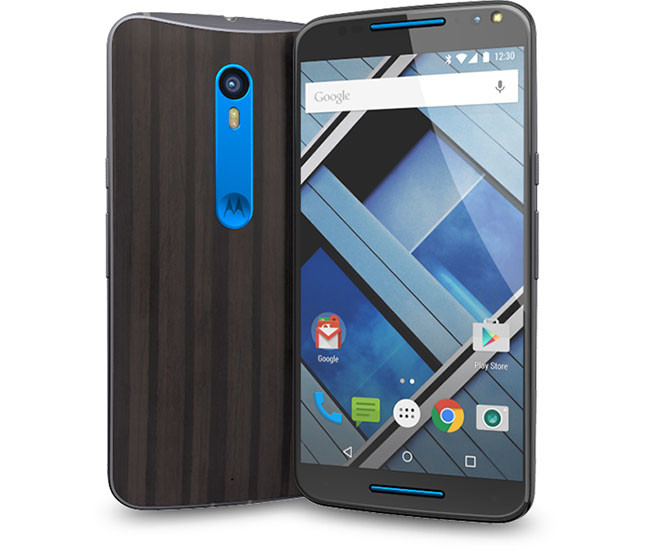
It is true that OLED has advantages, but also disadvantages . And this has hampered its evolution, both in the market and in its research and development, which is progressing slowly but surely. It is also true to mention that OLED - and its derivatives, which we talked about earlier - are more than present in the smartphone market, with models of all ranges and prices. Samsung has been one of those that has opted the most for OLED in smartphones (due to its manufacturing capacity), without forgetting that other brands such as Motorola, LG or Nokia have also used these screens.
Something similar has happened in televisions, with higher expectations although uncertain results. OLED televisions have been products belonging to the highest ranges on the market, with prices of several thousand euros. This has made them also very exclusive and that not many have the purchasing power to get hold of one of them; The positive side of this is that they are expected to drop significantly in price in 2016 until they are more restrained, for example with the recent launches in the field of televisions. Don't expect them to give them away, but they should be something more affordable.
Will the future be OLED?
The reality is that there are many doubts. First of all, because OLED has been trying to make that definitive leap for many years , and because its disadvantages are limiting acceptance by the public. Also after all this time we continue to talk about a technology in general quite expensive, especially compared to the LCD / LED options.
However, it is true that there has been - and continues to exist - a clear evolution to improve OLED , to each new generation of products. The useful life has been increased - although unfortunately there are no concrete figures of how much - and the use of colors has improved, for example with the WOLED sub-technology - White OLED, which adds a white component to each pixel - from LG to produce 'a whiter white'.
Here I am afraid that the key, as in the world of technology in general, will be to check the evolution in the price of the products. If OLED products are still expensive and exclusive to a few, the technology will not finish curdling as many would like, and some of its alternatives will end up taking the cake. For now, in the smartphone market, they are already taking hold.
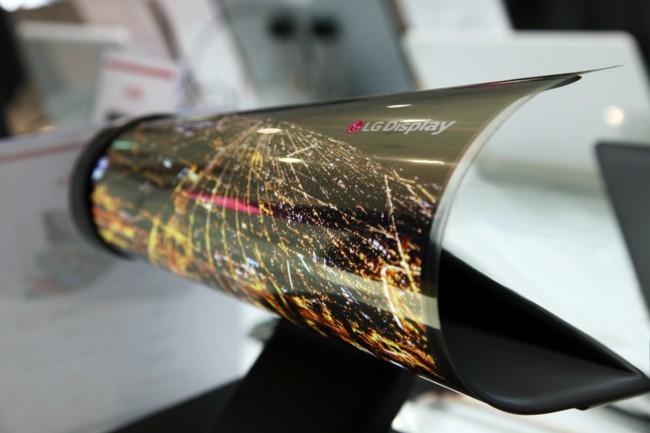
We must also bear in mind that OLED raises some very attractive developments for the coming years, such as the possibility of the panels being flexible. Some manufacturers are working on this, such as LG, which is one of those that is pushing the most for this sector.
It is necessary to recognize that there are many ballots for OLED to be the future, since the research and evolution of other panels (such as LCD) is being much more timid. The big screen manufacturers are betting everything on OLED , with evolutions every few months, as if this were to be their key technology for the future. Barring catastrophe, if manufacturers are investing so much it is because they are seeing the way for the next few years, and this is the way that we will end up passing users.
Lenovo, the first to use OLED in a laptop
On January 4, the Lenovo ThinkPad X1 Yoga was made official , the first laptop with an OLED screen on the market. A team that combines the professionalism of the ThinkPads with the versatility of the Yoga, and a wide variety of possibilities and configuration features.
Among these features is the screen, where we can choose an OLED type , with a 14-inch panel and 2560 × 1440 pixels resolution that has been manufactured by Samsung. For those who prefer it, Lenovo also offers a 'classic' LCD-IPS panel, with FullHD or QHD options and that in all cases will be touch, to take advantage of the possibilities of the pre-installed Windows 10.
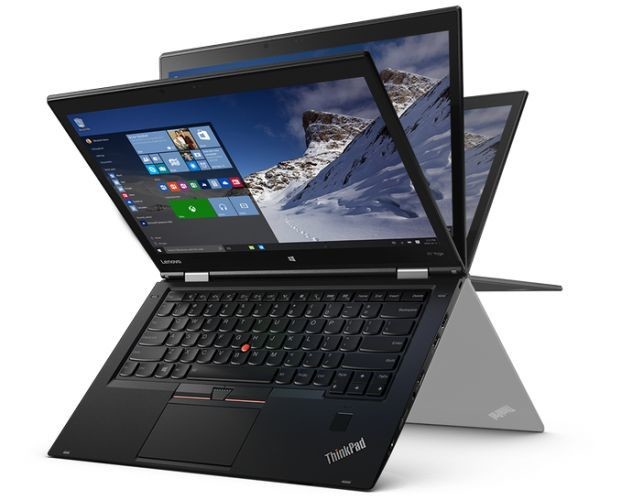
But not only the screen can be 'personalized', since Lenovo will put on the market a wide variety of models available to adjust to the expectations of each user. We will find ourselves at various points with a cutting-edge, very high-end equipment in which we will find features such as Core i7 processors, up to 16 GB of RAM or 1 TB of storage, flash memory and also the possibility of incorporating an LTE-A modem .
Physically the equipment inherits the characteristics of the previous Lenovo ThinkPads, with that representative black color and with the use of durable materials. Its thickness is 1.67 centimeters and the weight will be 1.27 kilograms , not bad for a laptop of this size and with these characteristics.
The first official information is already in Lenovo Spain, soon we will know more in detail the specifications and the final price of each model. At the moment the new ThinkPad X1 Yoga is already available in the United States, where the cheapest model has been put on sale in January for $ 1,449.